Spring Statement 2025
On Wednesday 26th March 2025, Chancellor Rachel Reeves delivered her Spring Statement. In terms of announcements for the average person, it was fairly low key with many of the announcements more aimed at a national level in terms of defence spending, overseas aid, etc. That said, there were of course still announcements to be aware of. And interestingly a fairly hidden update regarding Making Tax Digital for Income Tax…
Welfare changes
- Health-related universal credit for new claimants, which was already due to be cut from £97 to £50 per week from April 2026, will now not rise with inflation until after 2030.
- Under-22s will no longer be able to claim the health-related element of universal credit.
- For existing claimants, health-related payments will be frozen at £97 per week until 2030, with a new top-up payment introduced for those with the most severe conditions.
- The standard allowance for universal credit will rise by £14 a week by 2030, instead of £15 a week.
- There will also be a stricter eligibility test for personal independence payments (Pips), the main disability benefit, from November 2026.
Spending rules
- The OBR says that without action, the government would have missed its spending rule – for taxes to cover day-to-day expenditure in 2030 – by £4.1bn.
- It says cuts and extra tax from the planning changes mean a £9.9bn financial buffer against that rule, which had been wiped out by higher debt costs since the Budget, should be restored by 2030.
- The forecaster says there is now a 54% chance the government will meet its spending rule, up slightly from a 51% likelihood in October.
- The chance of meeting the government’s other rule, for public debt to be projected to be falling as a share of the economy, remains unchanged at 51%.
Compliance
- A pledge to hire 400 more HMRC staff to tackle “wealthy offshore non-compliance” – estimated to bring in an extra £500m over five years.
- A new US-style scheme to be launched later this year, under which tax avoidance “informants” will get a slice of any money recovered.
Rising household bills
The Spring Statement doesn’t come in isolation. Next week, a series of household bills will rise.
From 1 April, you will pay more for water, energy and your council tax. You can find out more here: https://www.bbc.co.uk/news/articles/cvg18pvz7kko
Added to this, inflation is expected to average 3.2% this year, according to the government’s official forecaster, the Office for Budget Responsibility, before falling to 2.1% in 2026 and then 2% from 2027. The government’s target is 2%.
As a result, interest rates, which are used to try and control the rate of rising prices, are expected to remain higher than previously thought.
Making Tax Digital for Income Tax (MTD IT)
As mentioned at the outset, hidden among the details were some interesting updates on Making Tax Digital for income tax (MTD IT). These include a set date for the reduction in the income threshold to £20,000, new exemptions and deferrals, and confirmation that HMRC will not be providing an online service to file the year-end return for those in MTD.
Income threshold to drop from April 2028
It was announced at last year’s Autumn Budget that MTD would be rolled out to those with income of over £20,000 “by the end of this Parliament”. In the Spring Statement, it was then confirmed that this lowering of the income threshold will take place from April 2028. Given the previous push backs, it will be interesting to see if they actually keep to this date.
The first taxpayers will be mandated into MTD in 2026/27, meaning the first self assessment returns under the regime are not due until 31 January 2028. This only gives a narrow two-month window for HMRC to take stock before bringing a further 900,000 lower-income taxpayers into the regime in April 2028.
The government has also said that they will continue to consider how to “bring the benefits of digitalisation” to the 4m sole traders and landlords with income below £20,000. It therefore appears that this threshold could be lowered even further in the future.
Exemptions and deferrals
As we get closer to the introduction of MTD in April 2026, practical difficulties continue to emerge for certain groups of taxpayers. It’s therefore welcome that the government has announced some further exemptions and deferrals.
The Spring Statement documents confirm that the following will be exempt from MTD:
- taxpayers who have a power of attorney
- non-UK resident foreign entertainers and sportspeople (provided they have no other income within MTD)
- taxpayers for whom HMRC “cannot provide a digital service”.
It’s not entirely clear exactly who the intended target of the final exemption is, especially as HMRC will no longer be providing a digital service for self assessment filing under MTD. Affected individuals will have to “notify and satisfy” HMRC that they are exempt. Hopefully HMRC will shed more light on this soon.
Alongside the above exemptions, some temporary deferrals have also been announced.
- Ministers of religion, Lloyd’s underwriters, and recipients of married couples allowance and blind person’s allowance will not be required to join MTD IT during this Parliament.
- Individuals required to submit an SA109 (residence/remittance basis pages) won’t be brought into MTD until April 2027.
Although these deferrals sound sensible, the SA109 issue could cause confusion around mandation dates, especially where a non-resident has over £50,000 of income (and therefore would otherwise be expected to come into MTD from April 2026). It’s also not entirely clear what the position will be for those whose residence status changes between now and April 2026.
As always, we’ll keep you updated as and when we get more detail.





